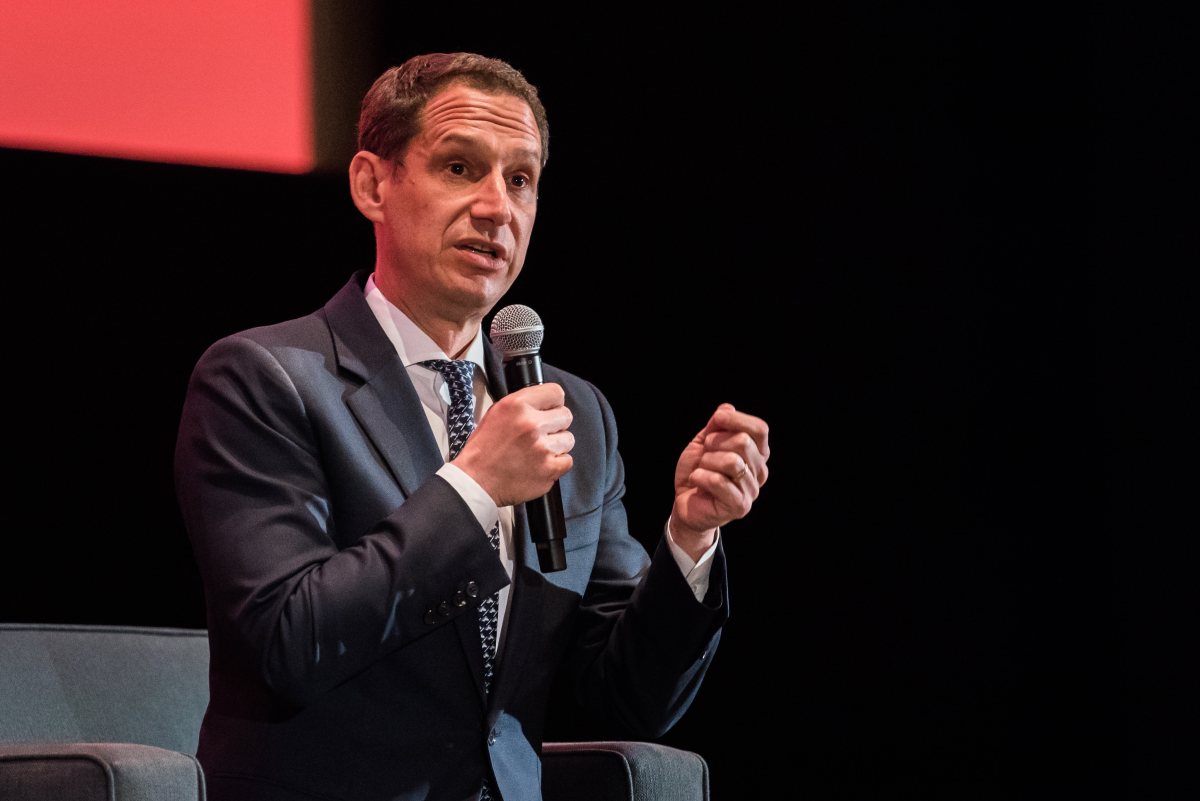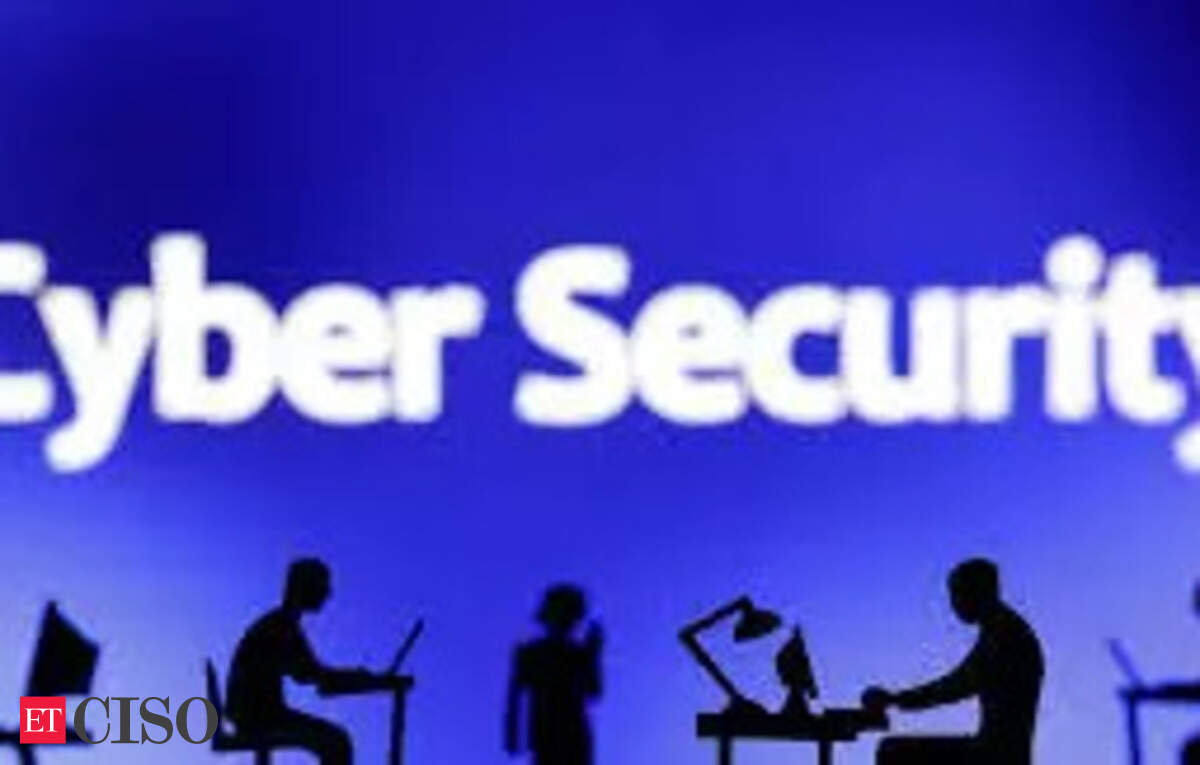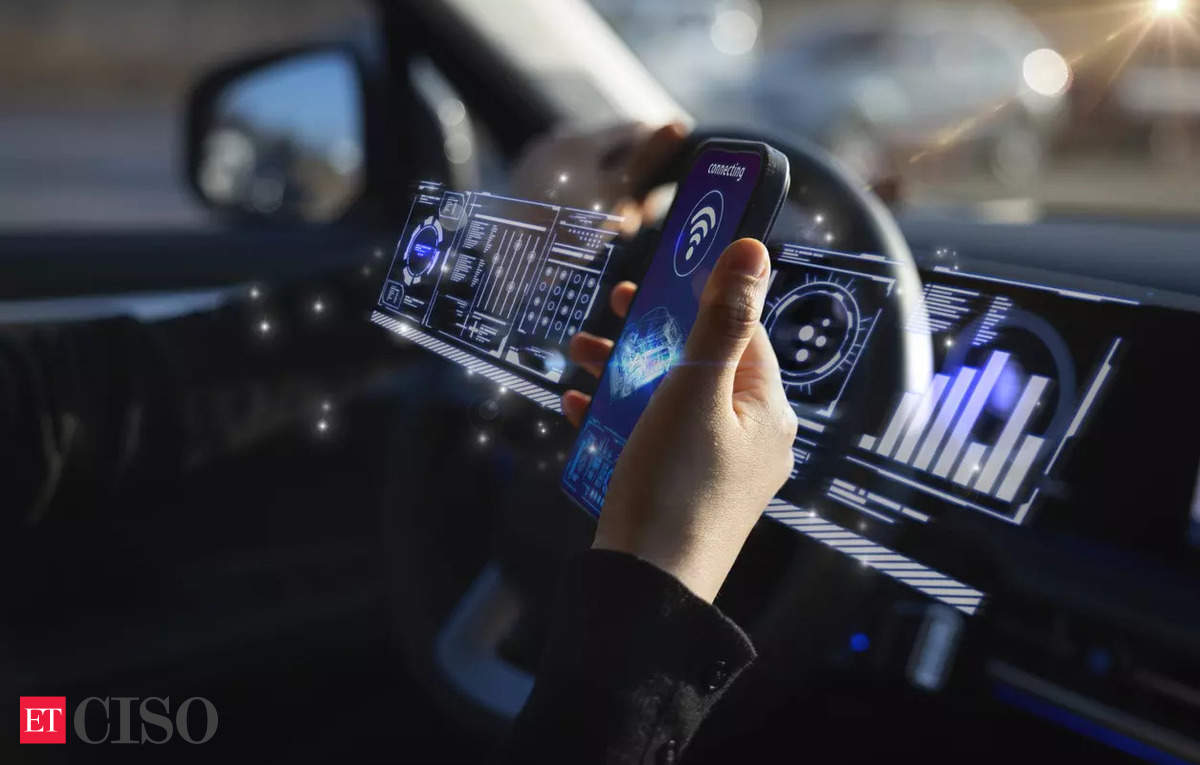San Francisco’s Mayor, Daniel Lurie, is determined to restore his city to its former glory, and he believes that tech industry leaders can play a crucial role in achieving this goal. He is convinced that these leaders, who often promote utopian ideals, can help him deliver on his vision.
During TechCrunch’s StrictlyVC event on Thursday night, Lurie stated, “I’m a mayor who picks up the phone and calls CEOs, asking them how we can keep them in the city or how we can bring them back.” This approach demonstrates his commitment to engaging with the tech community and understanding their needs.
To win back these tech leaders, Lurie identified the need to address the city’s pressing issues, such as the rampant drug and homelessness crisis, which has driven many business leaders away. During his first 100 days in office, Lurie has spent considerable time walking through the city’s most troubled neighborhoods. This week, he repealed a long-standing program that provided free pipes, foil, and straws for drug use, such as fentanyl.
Lurie’s “common sense policies,” as he called them during his 2024 mayoral campaign, have gained the support of technology leaders. Ryan Peterson, the CEO of Flexport, expressed his appreciation for Lurie’s efforts, saying, “Thanks for cleaning up the city a bit,” as he left the stage at StrictlyVC.
In addition to public safety initiatives, Lurie emphasized the need to simplify the process of “building” in San Francisco, referring to the construction of houses and the creation of businesses. The city has recently introduced a new initiative, Permit SF, aimed at reducing the bureaucratic hurdles that startups face when operating in the city.
On Thursday, the mayor also unveiled a new zoning proposal that would allow for taller buildings and increased housing in neighborhoods traditionally restricted to single-family homes. If approved, this would be the first rezoning of San Francisco since 1970.
Lurie stated, “We want our entrepreneurs to start businesses and stay here, which means streamlining permits and making it easier to launch a restaurant, bar, or startup.” He emphasized the need for practicality, saying, “What we need more of is people coming together and being practical. We seem to have lost that in San Francisco.”
Lurie believes that the business community that has remained in the city understands its values and will help attract more businesses in the coming years. He said, “I believe the business community that stayed here, that did not leave, understands our values, and we’re going to attract businesses back in the coming years.”
Building an AI Hub
As part of his efforts to revitalize the city, Lurie expressed his desire to make San Francisco competitive on the tax front, potentially offering tax breaks to companies. He has already worked with leading AI companies to establish more offices and host conferences in the city.
For instance, Lurie convinced Databricks to hold its AI conference in San Francisco until 2030, rather than relocating to Las Vegas as initially planned. Last month, he also attended the opening of a new OpenAI office.
While these AI companies may receive tax cuts, Lurie expects them to invest in San Francisco’s arts and culture scenes. He wants OpenAI CEO Sam Altman to publicly promote the company’s investments in these areas, which they have already been doing quietly.
Lurie not only seeks the tech industry’s financial investments but also their ideas and expertise. The city has announced the Partnership for San Francisco, a consortium of business leaders, including The Atlantic owner and Steve Jobs’ widow Laurene Powell Jobs, renowned Apple designer Jony Ive, and Altman, to provide a clear channel for businesses to communicate with city hall.
Robotaxis in SF
However, some San Franciscans are concerned that the tech industry is pushing out other communities. Tensions arose when Waymo attempted to obtain a permit to map the SFO airport, allowing its robotaxis to transport riders to and from the airport.
Waymo successfully obtained the SFO mapping permit, but with the condition that they would not transport commercial goods to and from the airport, thanks to the efforts of the International Brotherhood of Teamsters, which holds significant influence in San Francisco’s city hall.
Lurie stated that he worked with labor unions to secure Waymo’s SFO permit, clarifying that “Waymo is not going anywhere.” He expressed his conviction that autonomous vehicles are the future and has discussed having a larger presence in the city with other companies.
Lurie did not rule out the possibility of building the city’s infrastructure to accommodate more autonomous vehicles. While much of the tech industry’s innovation has historically occurred in Silicon Valley, approximately 40 miles south of the city, the AI boom appears to be centered in San Francisco, giving the city momentum to bring innovation back.
Lurie concluded, “When we’re done, everyone will be saying, ‘I have to be in San Francisco, or I’m missing out.’ That’s where we’re headed.” He is determined to make San Francisco an attractive destination for businesses and entrepreneurs, and his efforts are geared towards achieving this goal.
Source Link





